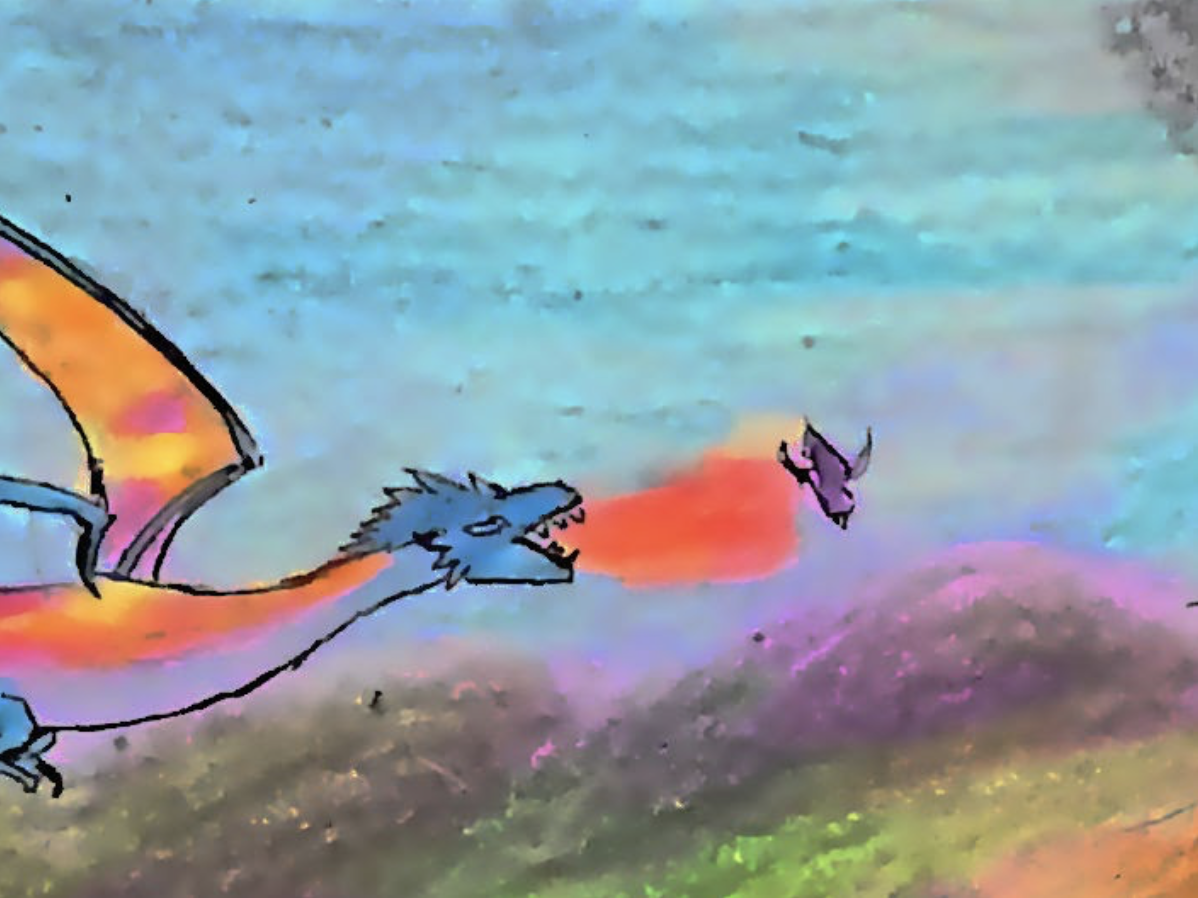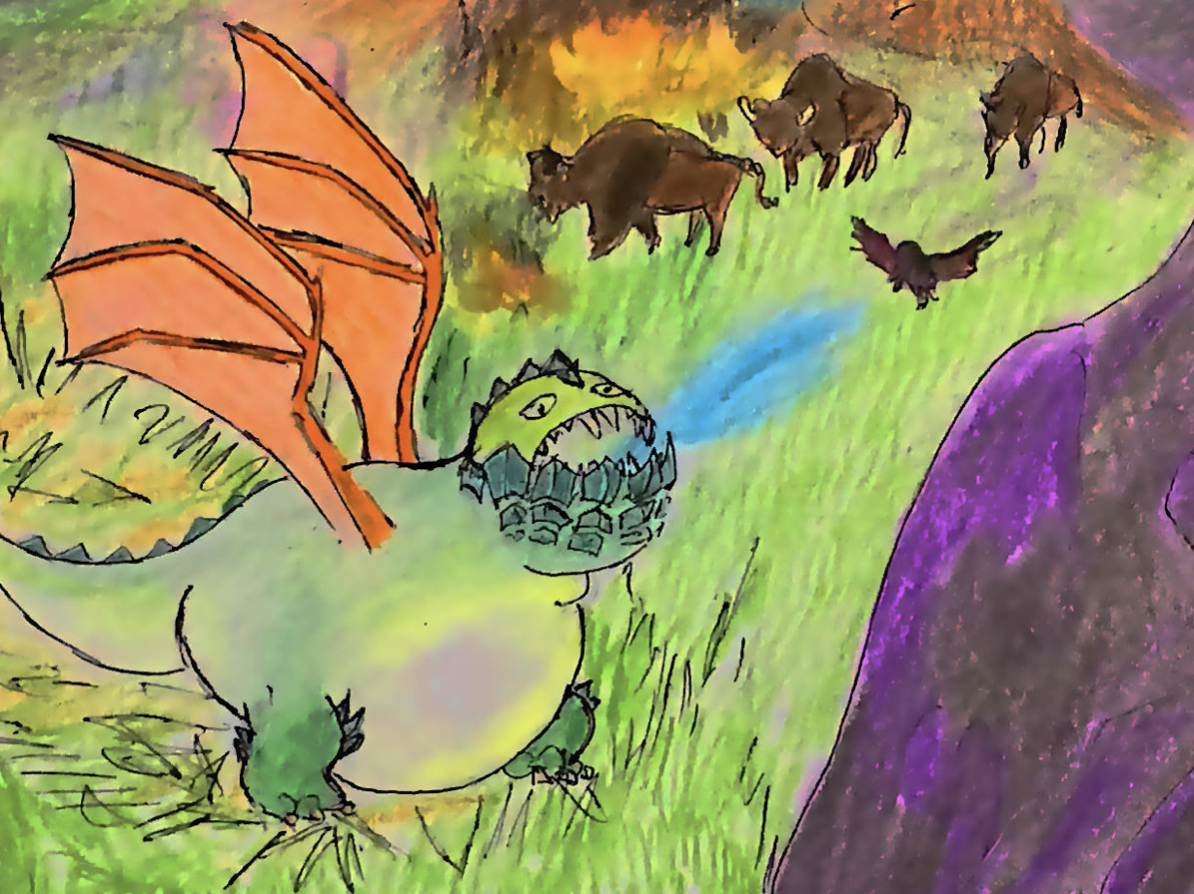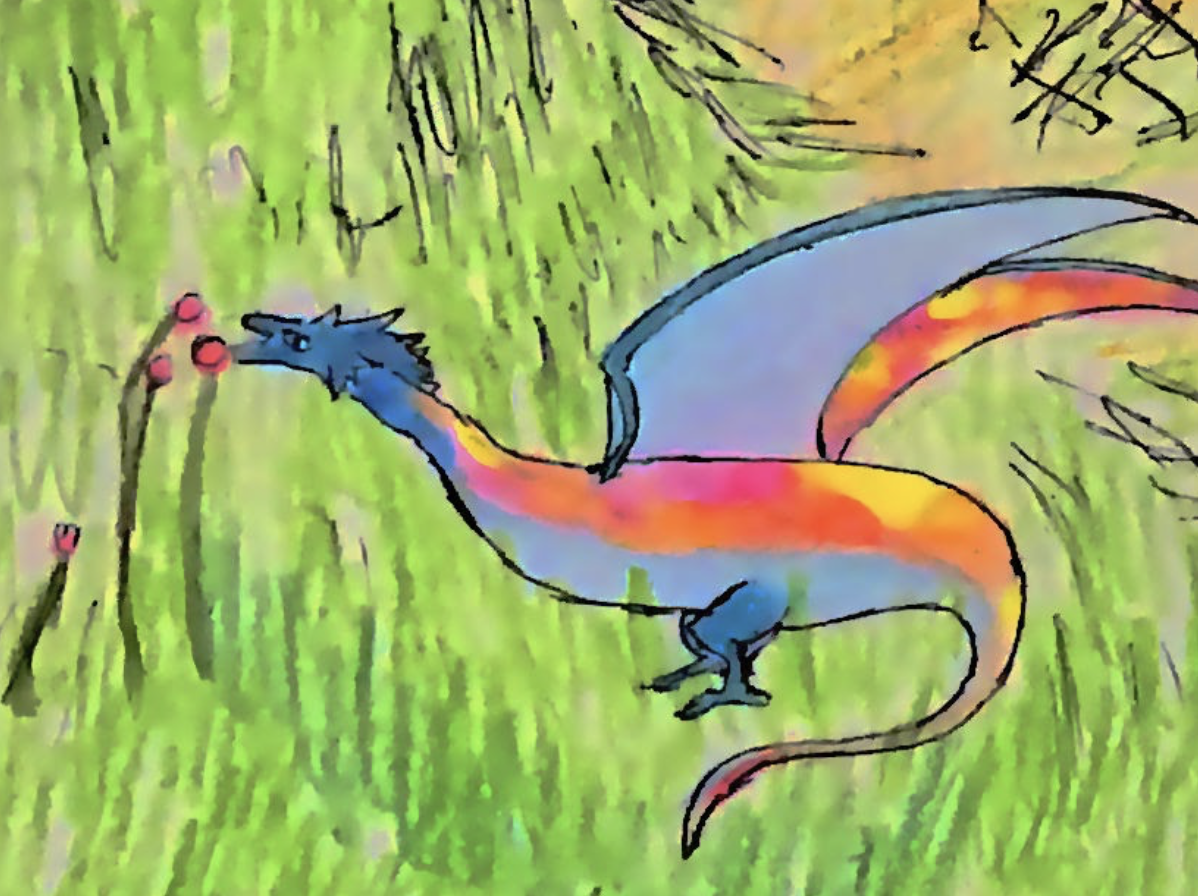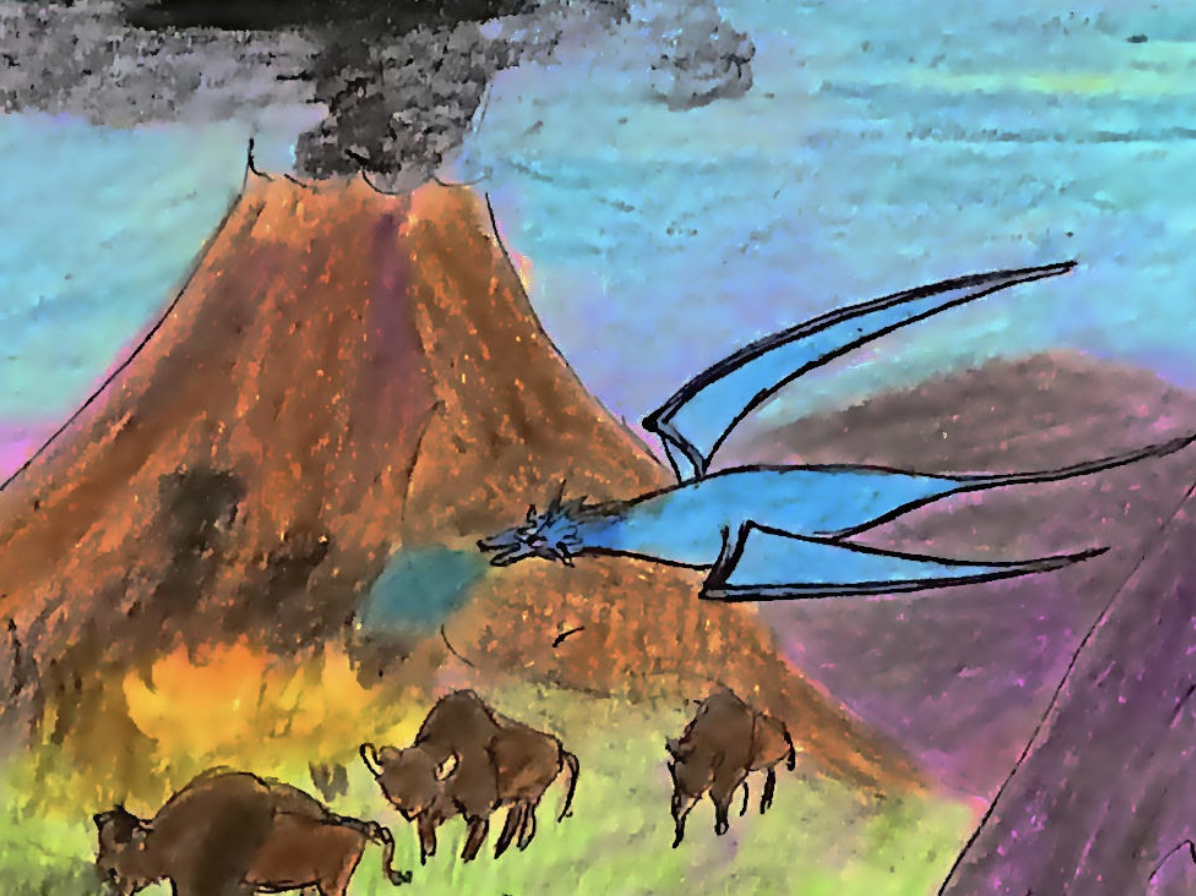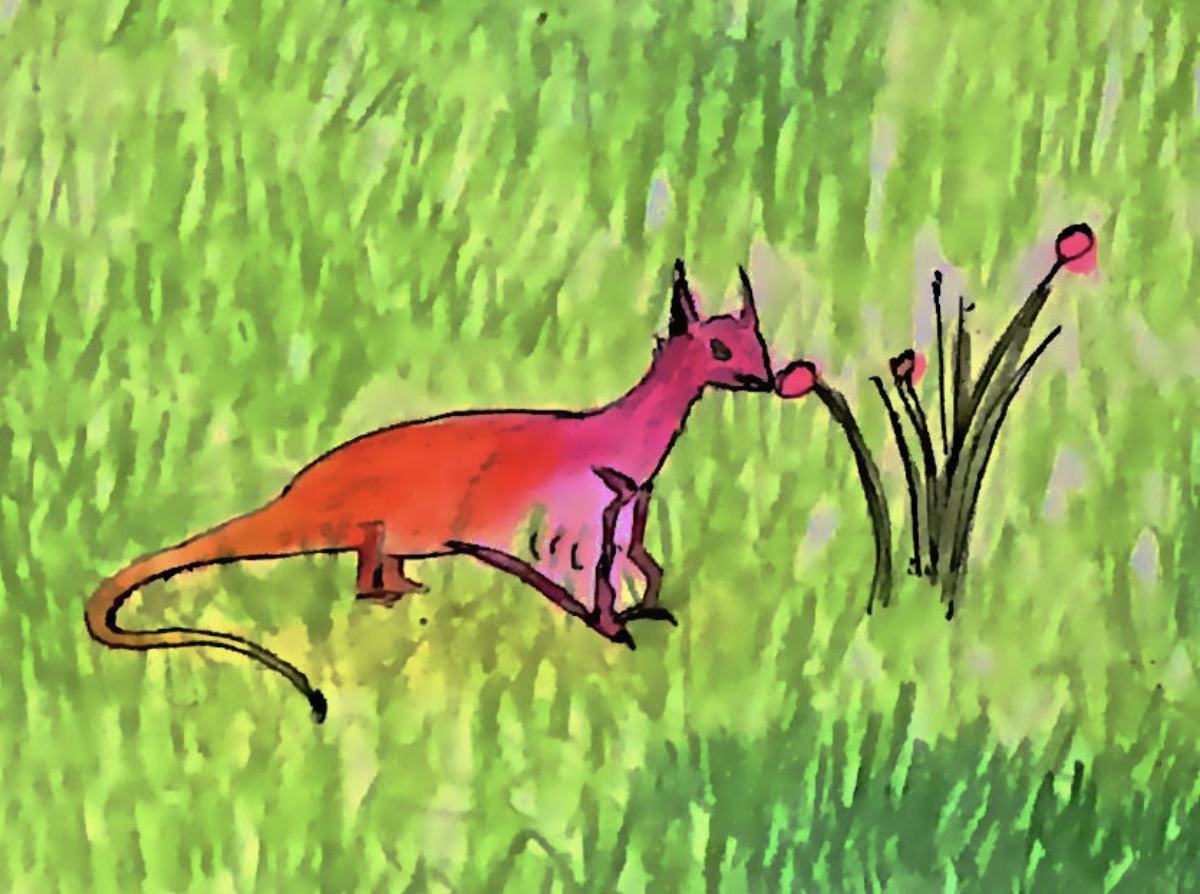The Science of Flight and Firebreath
Are dragons feasible? Let’s rewind evolution to find out.
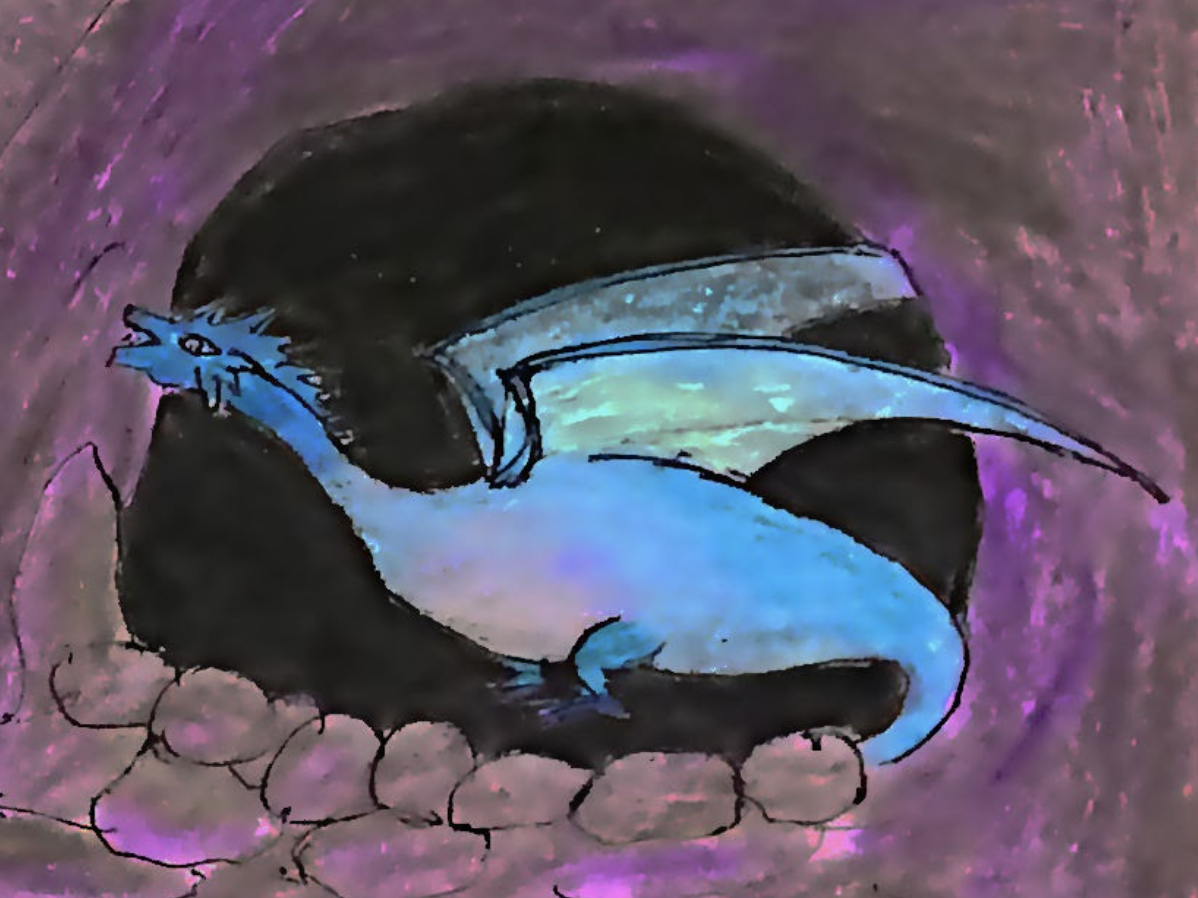
So dragons are kind of a big deal. They’ve been making their way through myths and folklore since the days of the ancient Sumerians, and nobody knows for sure where they came from. Some suspect they originated as an attempt to explain the discovery of dinosaur and whale bones. Others believe they simply represent our fear of predators.
Beyond that, dragons satisfy our fascination with power. Who wouldn’t want to see a huge flying animal release a torrent of flames? (Provided you weren’t standing too close). Dragons are awesome mythical beasts that have found their way into the cultures and hearts of people around the world. Unfortunately, they’re stuck there, since we have no reason to believe dragons ever really roamed the Earth. But what if they had? If we rewound evolution hundreds of millions of years, would dragons have another shot? Is their biology actually feasible?
That’s what we’re going to find out. Today, we’re beginning down a path to assess the realism of dragons. Could they really fly? Could they really breathe fire? Where would they live? How would they hunt? And how would they evolve their signature abilities in the first place?
